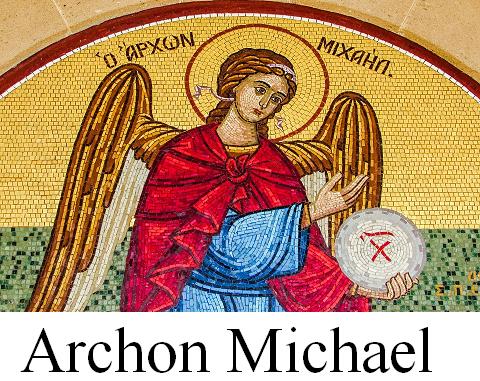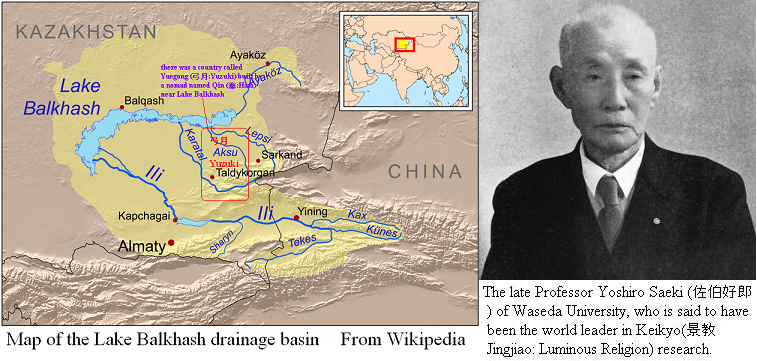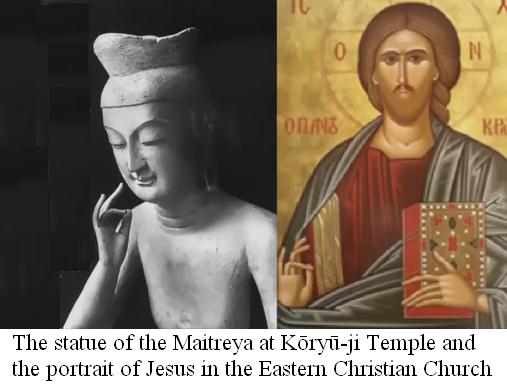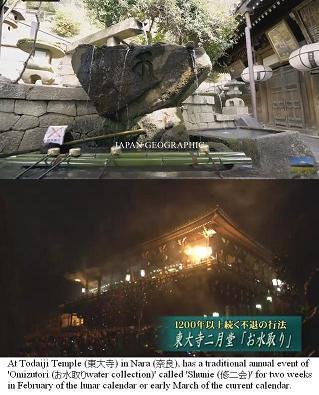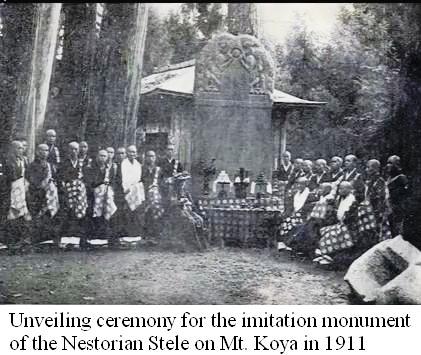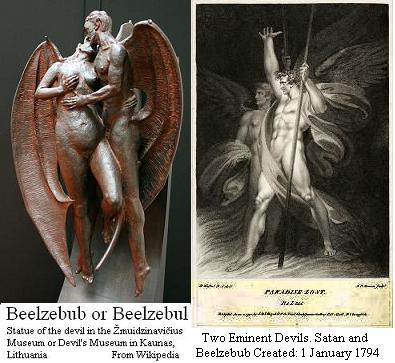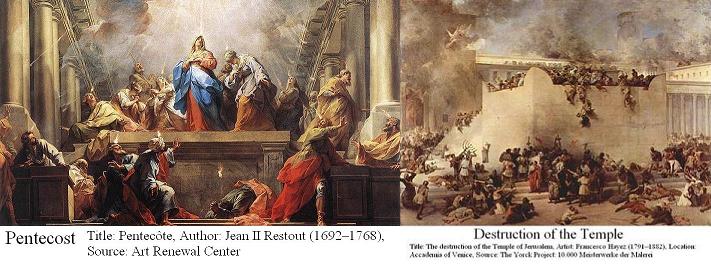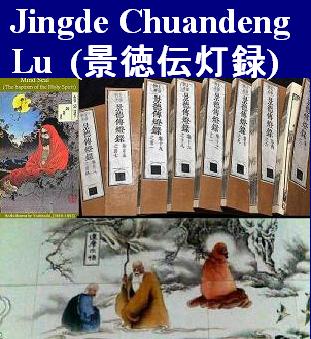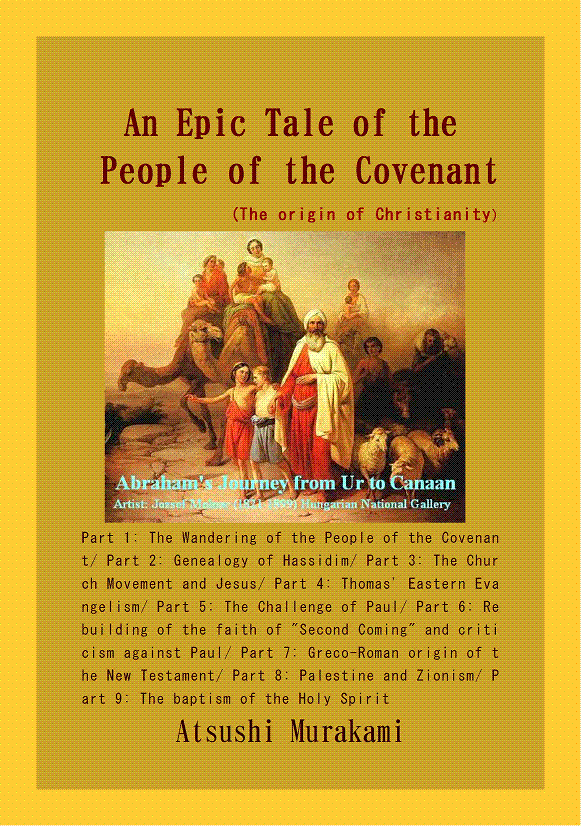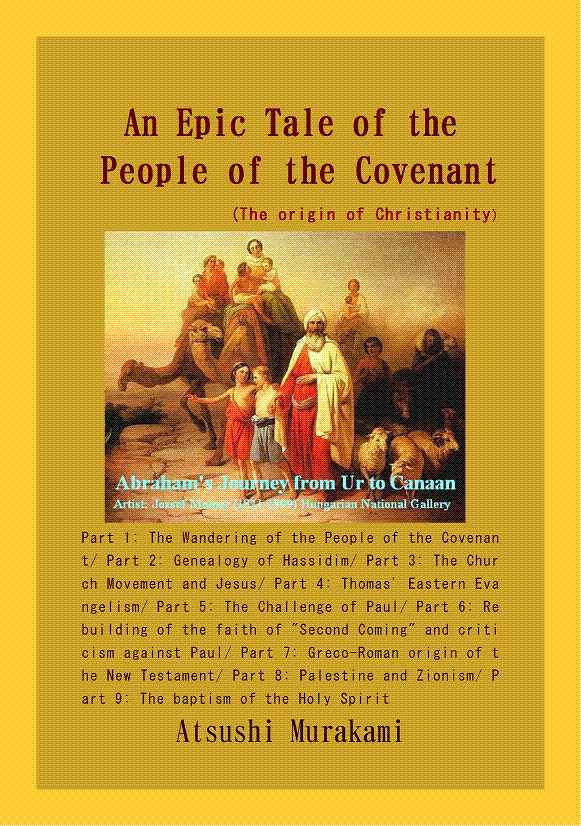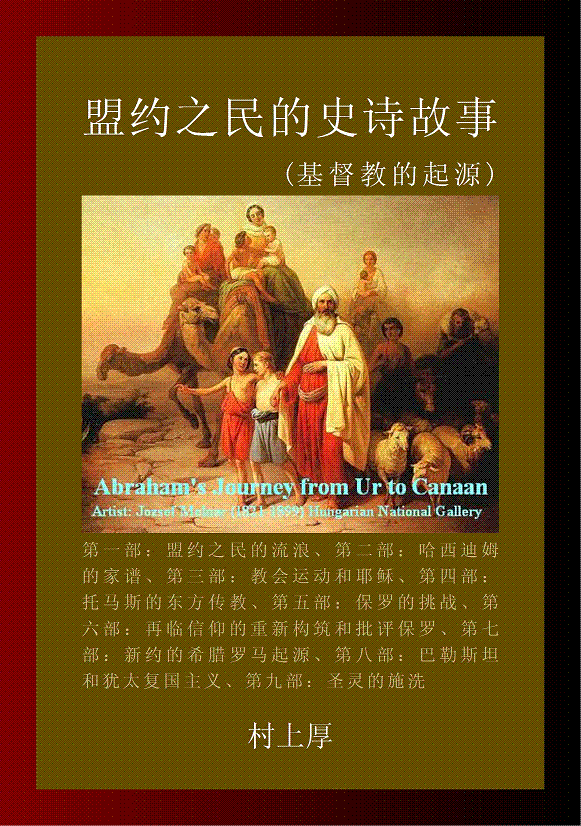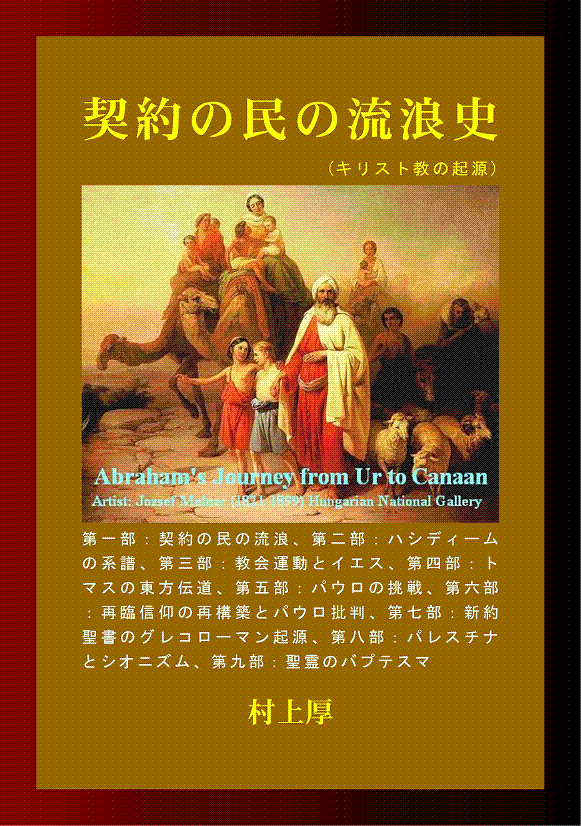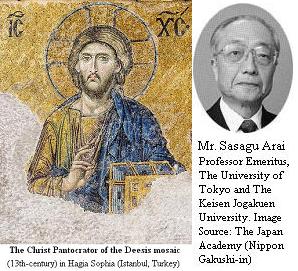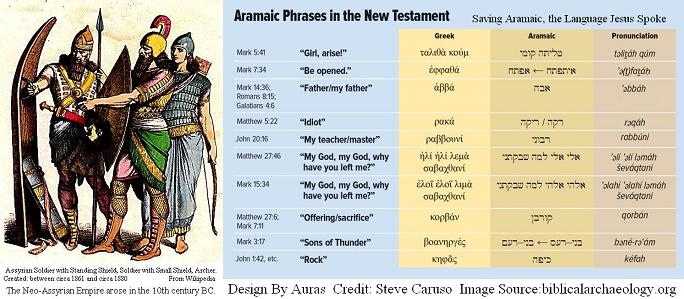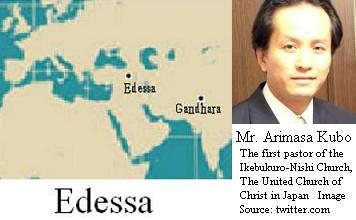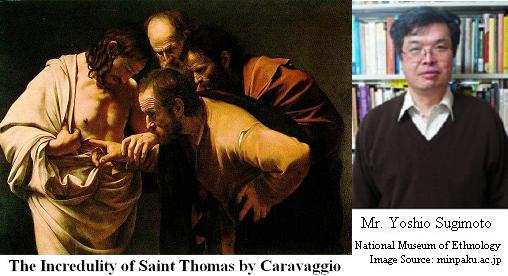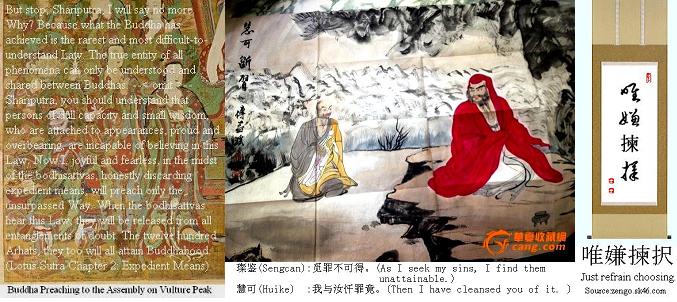| ||||||||||||||||||||
|
http://blogsmanch.blogspot.com/" target="_blank"> (ब्लॉगों का संकलक)" width="160" border="0" height="60" src="http://i1084.photobucket.com/albums/j413/mayankaircel/02.jpg" />
Friday, January 31, 2020
【SEAnews】Review:The baptism of the Holy Spirit (Aramaic roots II)-e
Wednesday, January 29, 2020
बासंती मधुमास आ गया
आज प्रफुल्लित धरा व्योम है
पुलकित तन का रोम रोम है
पिक का प्रियतम पास आ गया
बसंती मधुमास आ गया
डाल डाल पर फुदक फुदक कर
कोकिल गूंजा रही है मधुस्वार
पुष्पित हुआ पलाश केसरी
सरसों स्वर्णिम हुई मदभरी
सजी धरा पीली चूनर में
लगे वृक्ष स्पर्धा करने
उनने पान किये सब पीले
आये किसलय नवल रंगीले
शिशिर ग्रीष्म की यह वयःसंधि
हुई षोडशी ऋतू बासंती
गेहूं की बाली थी खली
हुई अब भरे दानो वाली
नाच रही है थिरक थिरक कर
बाली उमर ,रूप यह लख कर
वृक्ष आम का बौराया है
मादकता से मदमाया है
रसिक भ्रमर डोले पुष्पों पर
महकी अवनि ,महका अम्बर
मदन पर्व है ऋतू रसवंती
आया ऋतुराज वासंती
खुशियां और उल्हास आ गया
बासंती मधुमास आ गया
मदन मोहन बाहेती 'घोटू '
आज प्रफुल्लित धरा व्योम है
पुलकित तन का रोम रोम है
पिक का प्रियतम पास आ गया
बसंती मधुमास आ गया
डाल डाल पर फुदक फुदक कर
कोकिल गूंजा रही है मधुस्वार
पुष्पित हुआ पलाश केसरी
सरसों स्वर्णिम हुई मदभरी
सजी धरा पीली चूनर में
लगे वृक्ष स्पर्धा करने
उनने पान किये सब पीले
आये किसलय नवल रंगीले
शिशिर ग्रीष्म की यह वयःसंधि
हुई षोडशी ऋतू बासंती
गेहूं की बाली थी खली
हुई अब भरे दानो वाली
नाच रही है थिरक थिरक कर
बाली उमर ,रूप यह लख कर
वृक्ष आम का बौराया है
मादकता से मदमाया है
रसिक भ्रमर डोले पुष्पों पर
महकी अवनि ,महका अम्बर
मदन पर्व है ऋतू रसवंती
आया ऋतुराज वासंती
खुशियां और उल्हास आ गया
बासंती मधुमास आ गया
मदन मोहन बाहेती 'घोटू '
Tuesday, January 28, 2020
अगर तुम आगयी होती
सुधा भरती समंदर में ,हरे हो जाते मरुस्थल
गरज कर जो घुमड़ते है ,बरस जाते सभी बादल
अँधेरा लील सब जाती ,तुम्हारे प्यार की ज्योती
अगर तुम आ गयी होती
अमा की रात में जगमग ,चमकता चाँद पूनम सा
मेरे जीवन को महकाता ,तुम्हारा प्यार चंदन सा
नयन से बह रहे अश्रु ,टपकते बनके फिर मोती
अगर तुम आ गयी होती
मेरा संसार सूना था ,उसमे कुछ सार आ जाता
खनकते चूड़ियों के स्वर ,मधुर अभिसार आ जाता
रेशमी बाहों में बंध कर ,मेरी तन्हाईयाँ खोती
अगर तुम आगयी होती
मदन मोहन बाहेती 'घोटू '
सुधा भरती समंदर में ,हरे हो जाते मरुस्थल
गरज कर जो घुमड़ते है ,बरस जाते सभी बादल
अँधेरा लील सब जाती ,तुम्हारे प्यार की ज्योती
अगर तुम आ गयी होती
अमा की रात में जगमग ,चमकता चाँद पूनम सा
मेरे जीवन को महकाता ,तुम्हारा प्यार चंदन सा
नयन से बह रहे अश्रु ,टपकते बनके फिर मोती
अगर तुम आ गयी होती
मेरा संसार सूना था ,उसमे कुछ सार आ जाता
खनकते चूड़ियों के स्वर ,मधुर अभिसार आ जाता
रेशमी बाहों में बंध कर ,मेरी तन्हाईयाँ खोती
अगर तुम आगयी होती
मदन मोहन बाहेती 'घोटू '
अगर तुम आगयी होती
सुधा भरती समंदर में ,हरे हो जाते मरुस्थल
गरज कर जो घुमड़ते है ,बरस जाते सभी बादल
अँधेरा लील सब जाती ,तुम्हारे प्यार की ज्योती
अगर तुम आ गयी होती
अमा की रात में जगमग ,चमकता चाँद पूनम सा
मेरे जीवन को महकाता ,तुम्हारा प्यार चंदन सा
नयन से बह रहे अश्रु ,टपकते बनके फिर मोती
अगर तुम आ गयी होती
मेरा संसार सूना था ,उसमे कुछ सार आ जाता
खनकते चूड़ियों के स्वर ,मधुर अभिसार आ जाता
रेशमी बाहों में बंध कर ,मेरी तन्हाईयाँ खोती
अगर तुम आगयी होती
मदन मोहन बाहेती 'घोटू '
सुधा भरती समंदर में ,हरे हो जाते मरुस्थल
गरज कर जो घुमड़ते है ,बरस जाते सभी बादल
अँधेरा लील सब जाती ,तुम्हारे प्यार की ज्योती
अगर तुम आ गयी होती
अमा की रात में जगमग ,चमकता चाँद पूनम सा
मेरे जीवन को महकाता ,तुम्हारा प्यार चंदन सा
नयन से बह रहे अश्रु ,टपकते बनके फिर मोती
अगर तुम आ गयी होती
मेरा संसार सूना था ,उसमे कुछ सार आ जाता
खनकते चूड़ियों के स्वर ,मधुर अभिसार आ जाता
रेशमी बाहों में बंध कर ,मेरी तन्हाईयाँ खोती
अगर तुम आगयी होती
मदन मोहन बाहेती 'घोटू '
जयचंदों के मारे है
कुछ तो उलटे सीधे धंधों के मारे है
विभीषणों के या जयचंदों के मारे है
शब्द शब्द को पिरो बनाते कविता माला ,
अलंकार के ,लय और छंदों के मारे है
ज्ञान नहीं पर हरेक बात में राय बताते ,
हम ऐसे कई रायचंदो के मारे है
जादू टोना और टोटका ,वशीकरण सब ,
ऐसे कितने दंदों फंदों के मारे है
रोज रोज ला ,नयी कबूतरी ,ऐश कर रहे ,
हमें जलाते ,उन्ही परिंदों के मारे है
ऊँगली पकड़ा है मनाही पहुंचा छूने की,
यार इश्क़ में हम प्रतिबंधों के मारे है
नहीं पास में दाने ,अम्मा चली भुनाने ,
मंहगे मंहगे शौक ,पसंदों के मारे है
बन कर के हमदर्द ,दर्द जो देते हमको ,
बन्दे हम अपने ही बंदो के मारे है
घोटू
कुछ तो उलटे सीधे धंधों के मारे है
विभीषणों के या जयचंदों के मारे है
शब्द शब्द को पिरो बनाते कविता माला ,
अलंकार के ,लय और छंदों के मारे है
ज्ञान नहीं पर हरेक बात में राय बताते ,
हम ऐसे कई रायचंदो के मारे है
जादू टोना और टोटका ,वशीकरण सब ,
ऐसे कितने दंदों फंदों के मारे है
रोज रोज ला ,नयी कबूतरी ,ऐश कर रहे ,
हमें जलाते ,उन्ही परिंदों के मारे है
ऊँगली पकड़ा है मनाही पहुंचा छूने की,
यार इश्क़ में हम प्रतिबंधों के मारे है
नहीं पास में दाने ,अम्मा चली भुनाने ,
मंहगे मंहगे शौक ,पसंदों के मारे है
बन कर के हमदर्द ,दर्द जो देते हमको ,
बन्दे हम अपने ही बंदो के मारे है
घोटू
जयचंदों के मारे है
कुछ तो उलटे सीधे धंधों के मारे है
विभीषणों के या जयचंदों के मारे है
शब्द शब्द को पिरो बनाते कविता माला ,
अलंकार के ,लय और छंदों के मारे है
ज्ञान नहीं पर हरेक बात में राय बताते ,
हम ऐसे कई रायचंदो के मारे है
जादू टोना और टोटका ,वशीकरण सब ,
ऐसे कितने दंदों फंदों के मारे है
रोज रोज ला ,नयी कबूतरी ,ऐश कर रहे ,
हमें जलाते ,उन्ही परिंदों के मारे है
नहीं पास में दाने ,अम्मा चली भुनाने ,
मंहगे मंहगे शौक ,पसंदों के मारे है
बन कर के हमदर्द ,दर्द जो देते हमको ,
बन्दे हम अपने ही बंदो के मारे है
घोटू
कुछ तो उलटे सीधे धंधों के मारे है
विभीषणों के या जयचंदों के मारे है
शब्द शब्द को पिरो बनाते कविता माला ,
अलंकार के ,लय और छंदों के मारे है
ज्ञान नहीं पर हरेक बात में राय बताते ,
हम ऐसे कई रायचंदो के मारे है
जादू टोना और टोटका ,वशीकरण सब ,
ऐसे कितने दंदों फंदों के मारे है
रोज रोज ला ,नयी कबूतरी ,ऐश कर रहे ,
हमें जलाते ,उन्ही परिंदों के मारे है
नहीं पास में दाने ,अम्मा चली भुनाने ,
मंहगे मंहगे शौक ,पसंदों के मारे है
बन कर के हमदर्द ,दर्द जो देते हमको ,
बन्दे हम अपने ही बंदो के मारे है
घोटू
कड़की में हूँ
मैं कड़क नहीं हूँ मगर,आजकल कड़की में हूँ
है मस्ती का मर्ज ,मस्त मन मर्जी में हूँ
मैं चारा ना खाऊं ,कहा जाता बेचारा ,
चारा खाऊ नेता बने विपुल धनस्वामी
पड़ी वक़्त की मार मुझे बीमार कर गयी ,
कुछ न किया बद ,मगर मिली मुझको बदनामी
कार नहीं ,बेकार समझते है मुझको सब ,
मिली न बस ,बेबस ,आवारागर्दी में हूँ
मैं कड़क नहीं हूँ ,मगर आजकल कड़की में हूँ
मेरे तन में, मन में विष का वास नहीं ,
फिर भी मुझ पर लोगों का विश्वास नहीं
सांस सांस में प्यार लुटाता मैं जिन पर ,
उन लोगों को होता पर अहसास नहीं
रहा हर बरस ,तरस तरस ,वो ना बरसे ,
जेब गरम ना रहती है पर गरमी में हूँ
मैं कड़क नहीं हूँ मगर आजकल कड़की में हूँ
वृहद विचारों वाला हूँ पर हद में रहता ,
सदाचार का मारा सदा चार की सुनता
भाव बढे जिसके प्रभाव से भाव न उठते ,
लिखना चाहूँ गीत ,मिले ना धुन ,सर धुनता
सदा चरण छूता हूँ सदाचरण के कारण ,
बिना सुरा ,बेसुरा होगया ,सरदी में हूँ
मैं कड़क नहीं हूँ ,मगर आजकल कड़की में हूँ
मदन मोहन बाहेती ;घोटू '
मैं कड़क नहीं हूँ मगर,आजकल कड़की में हूँ
है मस्ती का मर्ज ,मस्त मन मर्जी में हूँ
मैं चारा ना खाऊं ,कहा जाता बेचारा ,
चारा खाऊ नेता बने विपुल धनस्वामी
पड़ी वक़्त की मार मुझे बीमार कर गयी ,
कुछ न किया बद ,मगर मिली मुझको बदनामी
कार नहीं ,बेकार समझते है मुझको सब ,
मिली न बस ,बेबस ,आवारागर्दी में हूँ
मैं कड़क नहीं हूँ ,मगर आजकल कड़की में हूँ
मेरे तन में, मन में विष का वास नहीं ,
फिर भी मुझ पर लोगों का विश्वास नहीं
सांस सांस में प्यार लुटाता मैं जिन पर ,
उन लोगों को होता पर अहसास नहीं
रहा हर बरस ,तरस तरस ,वो ना बरसे ,
जेब गरम ना रहती है पर गरमी में हूँ
मैं कड़क नहीं हूँ मगर आजकल कड़की में हूँ
वृहद विचारों वाला हूँ पर हद में रहता ,
सदाचार का मारा सदा चार की सुनता
भाव बढे जिसके प्रभाव से भाव न उठते ,
लिखना चाहूँ गीत ,मिले ना धुन ,सर धुनता
सदा चरण छूता हूँ सदाचरण के कारण ,
बिना सुरा ,बेसुरा होगया ,सरदी में हूँ
मैं कड़क नहीं हूँ ,मगर आजकल कड़की में हूँ
मदन मोहन बाहेती ;घोटू '
Friday, January 3, 2020
Review:The baptism of the Holy Spirit (Aramaic roots I) (vol.200101)-E
| ||||||||||||||||||||
|
Subscribe to:
Comments (Atom)
